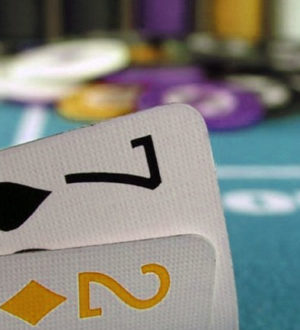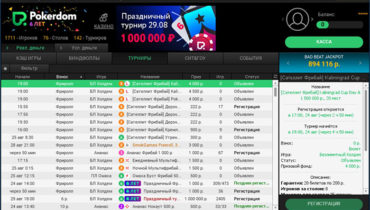The main task of every poker player is to win often and lose a little. You can win when your final hand is better than your opponents or all players fold to your bet. This is how such a term as fold equity appeared in poker, which means that the probability of your opponents folding and at the same time the cards are not checked.
Fold Equity is only used when playing aggressively. To make an aggressive bet on weak cards, you need to assess your opponent's fold equity. There is a high and low assessment of this concept.
Each player will have different fold equity. To evaluate it, you need to adhere to the following characteristics of the participants:
- Increasing fold equity... How often an opponent checks with a bad hand.
- Decreasing fold equity... How often a player checks-raises. Does he call on all the streets of the trade.
Also an important indicator for assessing fold equity is the range of the opponent's cards with which he calls or raises. If you are playing with a loose style player or an answering machine, then fold equity should be ignored as they will call your bets.
Sometimes you need to make this indicator high or low. A large bet increases fold equity because players would rather fold. Conversely, a small raise lowers fold equity because the bet will be called. There is an exception to this. There is a situation when, having a winning combination of cards, you need to multiply the bank, and not get rid of the bidders. This is why a big raise is not good for you because it will scare your opponents away.
By understanding such a term in poker as fold equity and the factors that affect it, you can significantly increase the profitability of your game. This is especially evident when moving to higher limits, where bluffing is often used.








